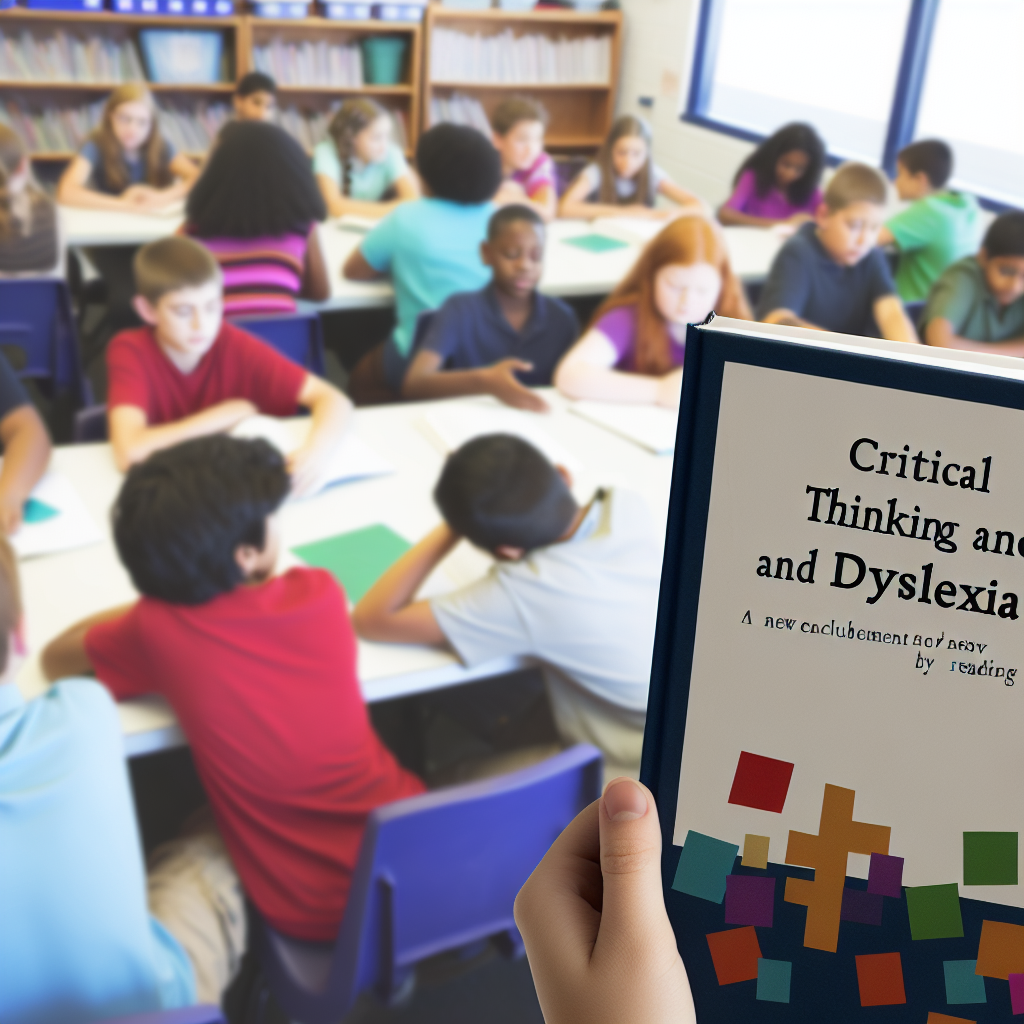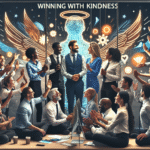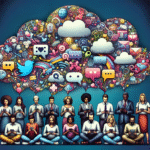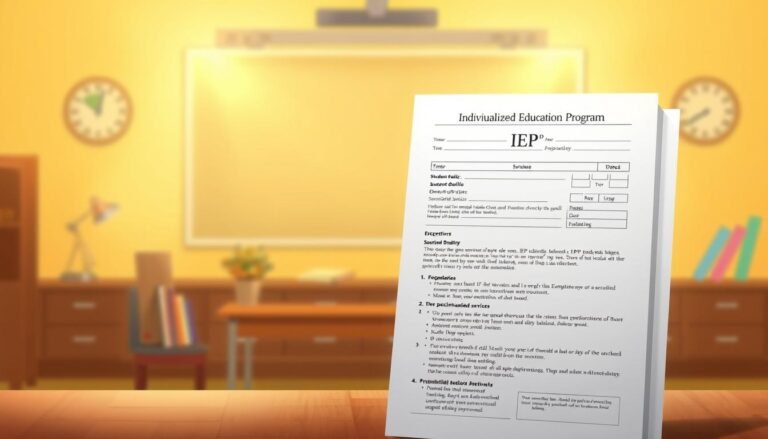
Critical Thinking and Dyslexia: Why Innovative Approaches Matter in Reading Education
Introduction
Imagine a classroom where every child, regardless of their reading ability, is not just absorbing information but also analyzing, questioning, and creating. For students with dyslexia, traditional educational methods may often feel like climbing a never-ending mountain. The intersection of critical thinking and dyslexia is a rich area for exploration, highlighting why innovative approaches matter in reading education today.
Dyslexia affects approximately 1 in 5 students, making it vital for educators to rethink their teaching strategies. Critical thinking skills can empower those with dyslexia to understand and analyze texts effectively, equipping them with essential tools for academic success. Understanding why innovative methods are crucial in reading education for dyslexic students paves the way for better strategies and outcomes.
In this comprehensive article, we will delve into the link between critical thinking and dyslexia while exploring transformative approaches to reading education. By the end, you will have actionable insights on fostering critical thinking skills among dyslexic learners, propelling them towards success.
Understanding Dyslexia
What is Dyslexia?
Dyslexia is a learning disorder characterized by difficulties in reading, which may stem from issues with phonological processing, spelling, or rapid visual-verbal responding. This condition can affect individuals differently; while one child may struggle with word recognition, another might find it challenging to decode words or comprehend text.
Signs and Symptoms
Understanding the signs and symptoms of dyslexia can foster early identification, leading to timely interventions. Common indicators include:
- Difficulty with letter recognition
- Trouble reading out loud
- Slow reading speed
- Challenges with phonics (connecting sounds to letters)
- Difficulty with spelling and writing
The Impact on Learning
The impact of dyslexia goes beyond poor reading skills; it can affect self-esteem, motivation, and overall educational development. For many dyslexic students, the gap in reading ability can lead to disengagement, making it essential to implement innovative educational practices that inspire confidence and foster critical thinking.
The Critical Link Between Critical Thinking and Dyslexia
What is Critical Thinking?
Critical thinking is the ability to analyze information, evaluate arguments, and generate logical conclusions. In the realm of reading education, fostering critical thinking skills enables students to engage with text actively, making connections and drawing conclusions that enhance their understanding.
The Role of Critical Thinking in Addressing Dyslexia
The relationship between critical thinking and dyslexia is essential for creating a comprehensive educational approach. By developing critical thinking skills, dyslexic learners can improve their comprehension and analytical abilities, allowing them to tackle challenging texts more effectively.
Empowerment through Analysis: Critical thinking encourages students with dyslexia to view texts as complex structures that require analysis and interpretation. This empowerment enhances their confidence in discussing and engaging with reading materials.
Promoting Creativity: Innovative reading strategies can nurture creativity in dyslexic students, enabling them to approach problems from various angles and develop unique solutions.
- Building Resilience: The struggle to process written language can be daunting. However, fostering critical thinking skills helps students learn to overcome obstacles, building resilience that translates into other areas of their education.
Innovative Approaches in Reading Education
The traditional models of reading instruction often fall short for dyslexic learners. To promote effective engagement among these students, innovative strategies rooted in critical thinking must be employed.
1. Multi-Sensory Learning
Multi-sensory learning involves using visual, auditory, and kinesthetic techniques to engage different modalities. This approach can drastically improve reading comprehension for dyslexic students.
- Case Study: In a multi-sensory reading program implemented in a New York elementary school, teachers used tools like textured letters and auditory programs. The results showed a 72% improvement in reading fluency among students with dyslexia.
2. Collaborative Learning
Peer collaboration allows students to discuss and analyze texts collectively, enhancing critical thinking skills.
- Case Study: An innovative reading initiative in an inclusive classroom setting included buddy reading sessions. A study revealed that students with dyslexia benefited from sharing insights with peers, leading to a 60% increase in their reading comprehension levels.
3. Technology-Enhanced Learning
Tools like speech-to-text software and audiobooks provide alternatives that can facilitate learning in dyslexic students.
- Case Study: A high school utilized text-to-speech applications, which led to significant improvements in the reading comprehension rates of students with dyslexia. Surveys indicated an increased engagement level, reflecting the positive impact of technology.
4. Socratic Method
Employing the Socratic method encourages collaborative dialogue and analytical thinking, allowing dyslexic students to discuss ideas rather than just memorize information.
- Case Study: An after-school program that implemented the Socratic method in literature discussions found that dyslexic students were able to express their interpretations more openly, resulting in a notable increase in self-esteem and participation.
| Innovative Strategy | Key Benefits | Case Study Outcome |
|---|---|---|
| Multi-Sensory Learning | Engages multiple senses, improves fluency | 72% improvement in reading fluency |
| Collaborative Learning | Encourages dialogue and peer learning | 60% increase in comprehension levels |
| Technology-Enhanced Learning | Provides alternative methods for understanding | Significant reading comprehension improvement |
| Socratic Method | Fosters analytical discussion | Increased self-esteem and participation |
Actionable Insights for Educators
Creating an Inclusive Environment
Teachers must create an inclusive classroom environment that values diverse learning styles. This can include:
- Differentiated Instruction: Tailor instruction to meet diverse needs.
- Flexible Grouping: Group students based on their strengths and challenges.
- Open Communication: Encourage students to voice their opinions and experiences.
Emphasizing Executive Functions
Dyslexic students often face deficits in executive functioning skills. Incorporating strategies that reinforce these skills can aid their reading journey significantly.
- Planning and Organization: Teach students to break texts into manageable parts.
- Self-Monitoring: Encourage reflective practices that promote independent editing and revision.
Integration of Critical Thinking Skills
Incorporate critical thinking tasks across all subjects:
- Questioning: Use open-ended questions that require in-depth responses.
- Debating: Encourage students to engage in debates around reading topics, fostering deep analysis and articulation of their thoughts.
Using these strategies will not only enhance critical thinking but also promote a more engaging and effective reading experience for students with dyslexia.
Conclusion
The journey of students with dyslexia is fraught with challenges, but by integrating critical thinking skills through innovative approaches, we unlock pathways for success in reading education. By fostering curiosity and resilience, we empower dyslexic learners to not only navigate texts but to thrive in their educational pursuits.
Adopting these strategies is not merely about improving reading skills; it’s about nurturing a mindset that values inquiry, creativity, and excellence. Remember, every child has the potential to shine when given the right tools and support.
Let’s commit to being the catalysts for change in reading education to make a lasting impact on dyslexic learners, ensuring that no child’s potential is left untapped.
FAQs
1. How can I identify if a child may have dyslexia?
Look for signs such as difficulty with reading, trouble identifying letters and sounds, and struggles with spelling.
2. What age should educators begin implementing innovative approaches for dyslexic learners?
Early intervention is key; as soon as signs of dyslexia are observed, innovative techniques should be considered to support the child’s learning journey.
3. How can parents support their dyslexic children in developing critical thinking skills?
Encourage discussions about stories, provide varied reading materials, and engage in activities that promote analytical thinking at home.
4. Are there specific resources or tools recommended for dyslexic learners?
Yes! Multisensory programs such as Orton-Gillingham, audiobooks, and apps like Read&Write or Learning Ally can be beneficial.
5. Can visual aids help dyslexic students in reading comprehension?
Absolutely! Visual aids, such as graphic organizers and illustrations, can assist in breaking down complex text, enhancing understanding.
6. How can teachers ensure they are catering to all learning styles?
Regularly assess students’ needs, seek feedback, and remain flexible in teaching methods to meet varied learning preferences effectively.
By engaging with these FAQs, we hope to answer your pressing questions and inspire a greater understanding of the intersection of critical thinking and dyslexia. Innovative approaches in reading education are not just beneficial; they are essential to ensuring every child has a chance to thrive.
















